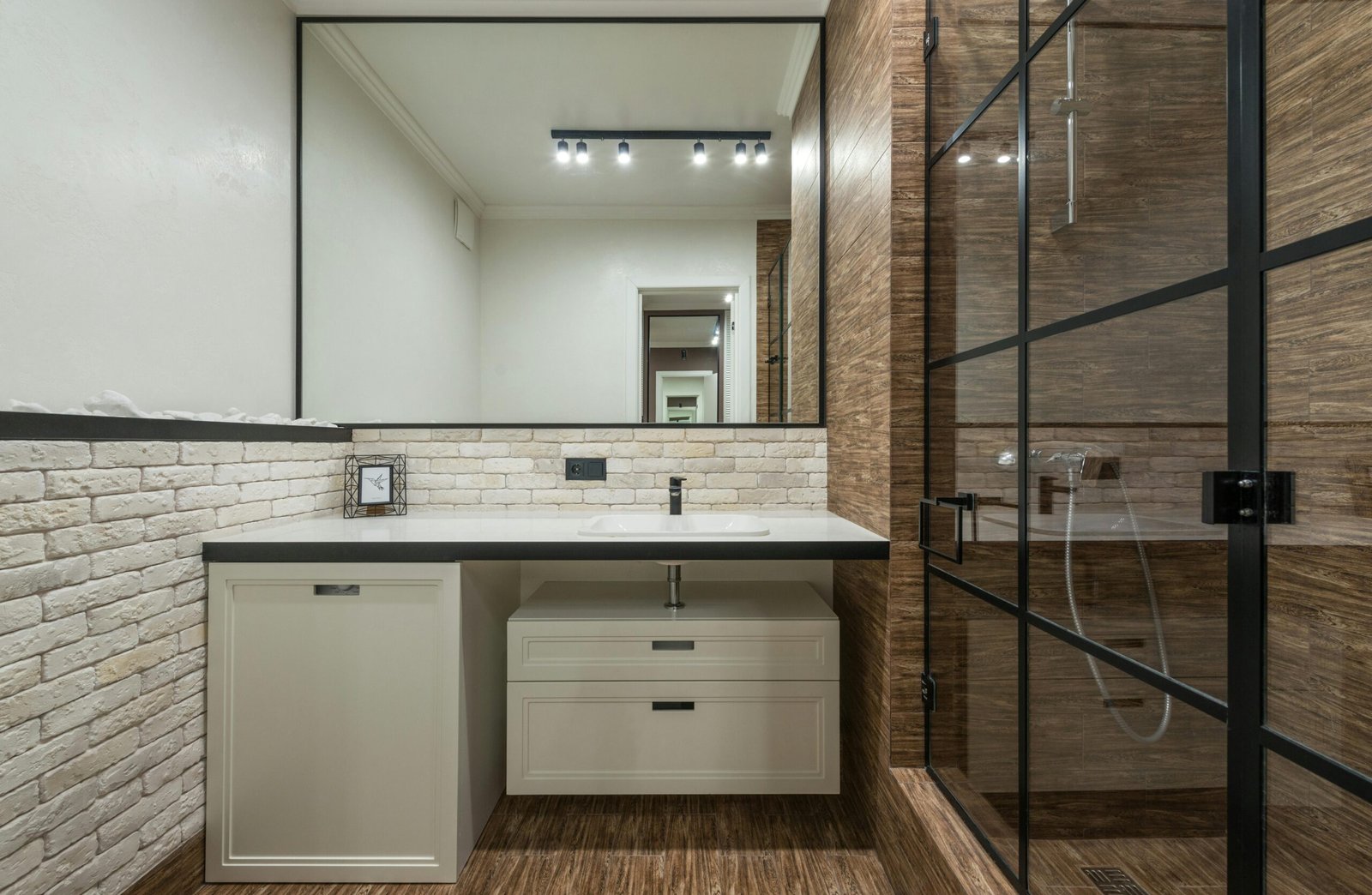Aesthetic real estate photography is more than just taking pictures; it’s a blend of talent, artistry, and marketing insight. The appeal of a listing often depends on its photo quality. Today, high-quality home photographs are a necessity in a buyer’s market. This article explores residential, commercial, and aerial real estate photography differences, pricing implications, and offers tips for taking sales-worthy photos.
Residential Real Estate Photography
Photography can make or break the sale of a house hence the importance of capturing its essence. Great pictures taken to show off what is best about your property can greatly influence how fast it is sold and for which price. We will have an elaborate discussion on this topic with regard to lighting, angles and making each room look good.

Commercial Real Estate Photography
Commercial photography for real estates takes another turn when it comes to image formation. All they need is space functionality or rather potential functionalities such as offices, retail business premises or manufacturing complexes etc. In this part we talk about unique challenges involved in commercial photography and also dwell on what makes compelling imagery possible.
Aerial Real Estate Photography
Marketing properties has been enhanced by aerial photography which provides a “bird’s eye” view showing scale, layout, surrounding etc,. This section of the manual will provide an introduction to drone photography including necessary equipment, legalities around it as well as taking breathtaking aerial shots.
Real Estate Photography Pricing
One common question among photographers who deal in real estate is how their services should be priced? A detailed analysis of factors that affect pricing alongside methods used in aligning them with the value offered by a photographer will be provided in this paragraph.
Achieving High-Quality Real Estate Photos
Elaborate on how good quality photos are a must in real estate marketing. Here, we will share professional recommendations on lighting, composition and post-processing that make your images better than others.
Technology in Real Estate Photography
Keep up to date with what is happening today about technological advances in real estate photography. This means learning things such as virtual tours or even HDR photography to get more out of your listings.
Marketing Your Real Estate Photography Business
Creating an outstanding portfolio is simply the beginning of it all. In this section, you will learn how to effectively market your real estate photography business; build a brand for yourself and attract more clients.
Challenges in Real Estate Photography
As far as photographers are concerned there are many challenges especially when not working under ideal conditions i.e. poor properties or light levels etc. In this paragraph we provide solutions for common problems encountered during shooting occasions.
FAQs
In here, we will answer some of the most frequently asked questions about real estate photography starting from beginners’ stage to advanced methods used.
Real estate photography can either make or break property listings within the sector. With proper skills, equipment and approach; one can capture amazing shots highlighting the best attributes associated with any property. This guide shows you everything there is to know regarding successful career opportunities in real-estate photo taking no matter if you’ve been doing it for years or just getting started.
 Introduction To Real Estate Photography
Introduction To Real Estate Photography
In the world of property business, a photograph is not an image that portrays a thousand words but one which can be sold for thousands of dollars. In real estate photography, art meets marketing, giving agents, sellers and photographers something they can use to their advantage. It’s more than just journalism; it involves visualizing images that are capable of selling various lifestyles, expressing different stories, and evoking emotions among customers who will eventually buy them. Nowadays in the digital era, properties are first encountered by buyers online, hence the significance of how listings appear visually. High-quality photographs significantly reduce time spent on the market for a house as well as boost its ultimate sales price thereby necessitating competent photography covering all manner of properties including residential and commercial spaces as well as aerial views.
Residential Real Estate Photography
Capturing a residential house’s essence requires a photographer to go beyond technical skills, focusing on details and envisioning the space through a potential buyer’s eyes. Effective real estate photos convey warmth in lounges, spaciousness in kitchens, and tranquility in bedrooms, inviting viewers to imagine living there. Key techniques include maximizing natural light, using wide-angle lenses for comprehensive shots, and staging to highlight the best features. Knowledge of unique characteristics, like large backyards, custom cabinets, or renovated bathrooms, helps these details stand out, elevating the listing in a competitive market.
Commercial Real Estate Photography
Commercial property which includes office buildings for rent, retail stores available on lease or industrial sites have some unique requirements concerning photography. In this case what is important is demonstrating how useful such premises can be to future companies using them as offices or facilities. The photographer should accentuate on aspects like size of space; infrastructure
Capabilities, and logistics advantages. One way in which a commercial property may be represented as an empty canvas that is there for any business to adopt. This can involve taking pictures of vacant spaces in a manner that emphasizes their potential or showing busy fully occupied sites to reveal the sustainability and vibrancy of such sites. Techniques like aerial photography that shows access routes and surrounding areas or focusing on architectural details that communicate professionalism can work wonders.
Aerial Real Estate Photography
The introduction of drone technology has revolutionized real estate marketing by enabling aerial photography, which offers a comprehensive view of a property’s size, layout, and surroundings in a single image. This includes showing residential properties’ proximity to amenities and commercial properties’ logistical advantages. Key considerations for aerial photography include adhering to local laws, choosing the best lighting, and selecting angles that best convey the property’s features to potential customers.
Real Estate Photography Pricing
Real estate photographers face the challenge of pricing their services to reflect their expertise while remaining competitive. Prices can differ based on the property type (residential or commercial), the need for aerial photos, the property’s location and size, the number of desired images, and additional services like post-processing or virtual staging.Therefore, set your rates based on your worth but keep in mind what clients expect from you.
Achieving High-Quality Real Estate Photos
The crux of good real estate photography revolves around taking high-quality images which appeal to viewers’ senses This covers several important factors:
Lighting: Lighting can make or break a real estate photo. Natural light is preferable as it represents how a space feels more accurately but knowing how to use artificial lighting to supplement is also important. The intention is usually to create a well-lit, warm environment that faithfully reproduces the colors and textures of the property.
Composition: In real estate photography, composition requires more than simply capturing the entire room. You want an image with aesthetic appeal and balance that will draw attention to the best parts of your property. To make your photos more beautiful, consider using techniques such as leading lines, symmetry or even apply the rule of thirds in taking them.
Post-Processing: Post-processing plays a vital role in real estate photography that enhances the general look of your photos. Adjustments like color correction, brightness, contrast, and sharpening enhance images, but it’s crucial not to mislead viewers by overdoing these enhancements.
High-quality real estate photos come from blending an understanding of each property’s uniqueness with technical skills and post-processing expertise, enabling photographers to create images that captivate buyers and accelerate sales.
Building strong client relationships is crucial for repeat business and referrals, essential for a successful real estate photography business. Effective communication from the initial meeting to image delivery is key to understanding client needs and property highlights. This enables you to offer advice on property staging and optimal photo timing, adding value to your services. Follow up with clients after project completion to ensure satisfaction and identify any further needs.
Marketing Your Real Estate Photography Business
In the digital age, effective marketing distinguishes your real estate business and enhances competitiveness. It’s more than showcasing past work; it involves engaging with your target audience and positioning yourself as a solution provider. Utilizing media to connect with stakeholders, including property owners and agents, offers a unique opportunity for those looking to sell directly. Regularly posting before-and-after photos, behind-the-scenes content, and customer feedback builds trust with new clients. Additionally, using relevant SEO keywords like “residential properties” or “commercial land” can increase your site’s visibility.
Engaging With Clients
Building strong client relationships is crucial for repeat business and referrals, essential for a successful real estate photography business. Effective communication from the initial meeting to image delivery is key to understanding client needs and property highlights. This enables you to offer advice on property staging and optimal photo timing, adding value to your services. Follow up with clients after project completion to ensure satisfaction and identify any further needs. Always remember that professional touch combined with personal approach can develop long term relationships resulting into huge returns.
The Future of Real Estate Photography
Staying relevant in real estate photography requires adapting to industry changes, visualizing possibilities, and bringing dreams to life.
Conclusion
Real estate photography, vital for property business success, hinges on mastering technology, understanding property details, and keeping up with trends. For growth, beginners must focus on effective marketing and strong client relationships. Staying relevant requires adapting to industry shifts, visualizing potential, and realizing dreams.

